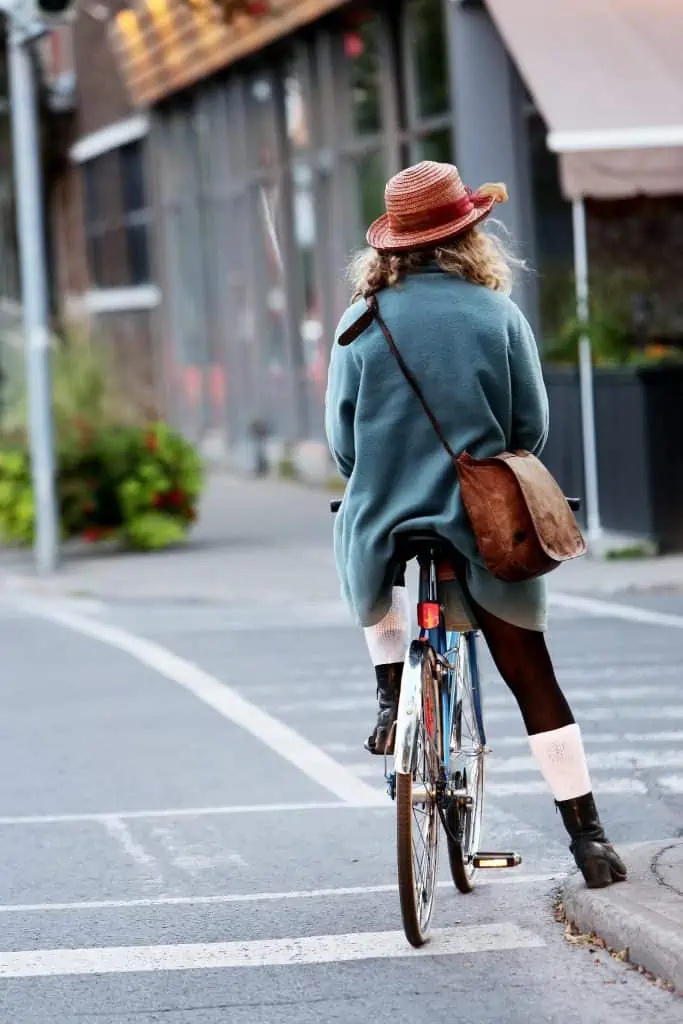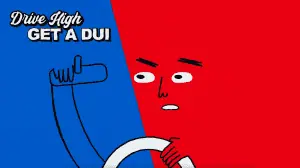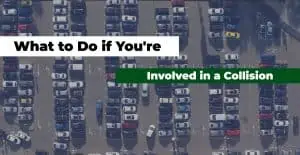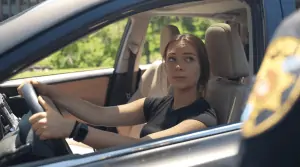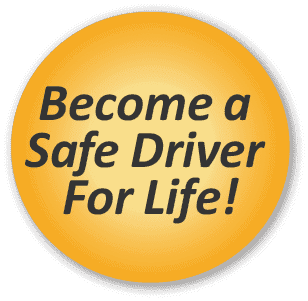This article has been edited by Cindy Anderson.
Governor Jared Polis recently signed the Colorado Safety Stop into law. Previously, bicyclists riding in traffic were required to obey the same traffic rules that drivers must follow. Now, under the new law, bicyclists are now allowed to treat stop signs as yield signs and red stop lights as stop signs when no oncoming traffic or pedestrians are present.
As the Colorado weather is warming up, more people will be taking their bikes out on the road. In order for bicyclists and motorists to share the road safely, all parties will benefit from being informed about the regulations dictating how individuals on bikes and in vehicles are expected to interact when they encounter each other in traffic.
To help you better understand what this law means and how it will affect the flow of traffic, here is a quick breakdown of what this new bicycle safety legislation involves:
What Is the Colorado Safety Stop?
This new law applies to all bicyclists who are 15 years or older (or younger bicyclists who are riding with an adult). The most important aspects of this law are:
- Bicyclists are allowed to treat stop signs as yield signs. This means that bicyclists who arrive at intersections controlled by stop signs can slow down to 10 mph (or less) and continue through the intersection if no oncoming traffic or pedestrians are present. In other words, individuals who travel on bikes are allowed to engage in rolling stops at stop signs, though they still must yield the right of way to vehicles and people on foot.
- When encountering red stop lights at intersections, bicyclists are now able to treat stop lights as stop signs. Bicyclists do need to come to a complete stop, but after yielding to any oncoming traffic or pedestrians, they are able to proceed through the intersection or turn right before the light turns green. They are also able to turn left when one-way streets allow for left turns.
- The law doesn’t only apply to people on bikes. It also applies to individuals who use electric bikes and electric scooters (though mopeds are not included).
- Intersections with specific traffic lights or signs prohibiting the measures legalized in the new law are not subject to the rules of the new law. In other words, if there are clear instructions directed at individuals on bikes, e-bikes, or e-scooters, those instructions must be obeyed, even if they conflict with the new law.
How Will This New Law Affect Colorado Drivers and Bicyclists?
Proponents of legalizing the Colorado Safety Stop are confident that the new law will make the roads safer for both drivers and bicyclists. Research has shown that similar laws enacted in other states have minimized potential hazards for vehicles and bikes at intersections, leading to fewer collisions and property damage. Additionally, anticipated benefits include reduced traffic congestion and greater visibility of individuals on bikes, resulting in fewer injuries.
In 2018, Colorado passed a law that allowed individual counties and municipalities to legalize safety stops for bicyclists. Some towns and cities implemented these changes, while others did not. This led to confusion among motorists and bicyclists about where safety stops were legal; legalizing the procedure on a statewide level should simplify things for all parties on the road, including law enforcement officers.
What Other Steps Can Drivers Take to Safely Share the Road with Bicyclists?
Other safety measures and regulations that motorists should keep in mind when sharing the road with cyclists include:
- Staying out of bike lanes unless making a right-hand turn. Drivers are not allowed to park in bike lanes or use them to pass another driver. However, making a right turn requires drivers to turn from a point as close to the curb as possible. Because of this, vehicles are allowed to enter empty bike lanes when turning right. In order to do this safely, drivers must look over their right shoulders to ensure no bicyclist is present. If one is present, the driver must allow the cyclist to proceed straight before turning.
- Allowing at least three feet of space between the widest part of the vehicle and the widest part of the cyclist when passing a bike. In order to provide the necessary three feet of distance, drivers are allowed to cross over a double solid yellow line when passing a bike if the lane is clear of oncoming traffic. If there is traffic, a driver must slow down and wait behind the cyclist until he/she can safely pass.
- Brushing up on the hand signals cyclists use. Just like drivers, bicyclists are required to communicate their intentions of turning or stopping, and they use hand signals to do this. A left hand extended outwards indicates the cyclist will be turning left. A left hand pointed downward at a 90 degree angle means the cyclist will be stopping. A right hand extended outward or a left hand pointed up at a 90 degree angle indicates an upcoming right turn.
- Being cautious at night. Bicyclists can be difficult to see at night, so motorists should be extra aware of their surroundings when driving after sundown.
Closing Thoughts
Hopefully this information helps you better understand the Colorado Safety Stop. Regardless of whether you are a bicyclist, it’s important for all parties using the road to stay up to date on changes in traffic regulations. Being informed goes a long way toward ensuring that our Colorado roads remain safe for motorists, bicyclists, and pedestrians as we share them.
Learn to Drive with Colorado’s Largest and Most Trusted Driving School
DriveSafe Driving Schools has helped thousands of students in our Colorado communities learn how to drive safely. Our passionate driving instructors go above and beyond the standards of the Colorado DMV in an effort to create programs that are as effective and engaging as possible. Our curriculum is always updated to reflect any changes in traffic laws and regulations to ensure our students are equipped with the most relevant information they need.
Whether you’re looking for traditional drivers ed courses, online drivers ed options, or private driving lessons, we can help. Sign up for one of our services today, or reach out to one of our friendly customer service representatives with any questions. We are here to help you reach your behind-the-wheel goals.



